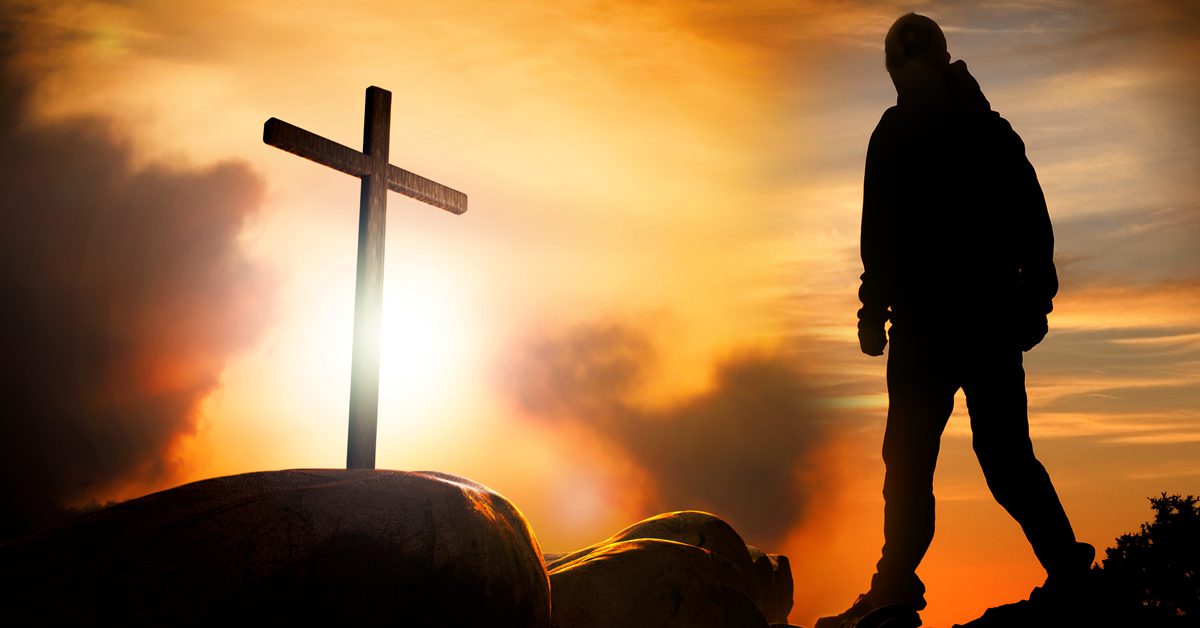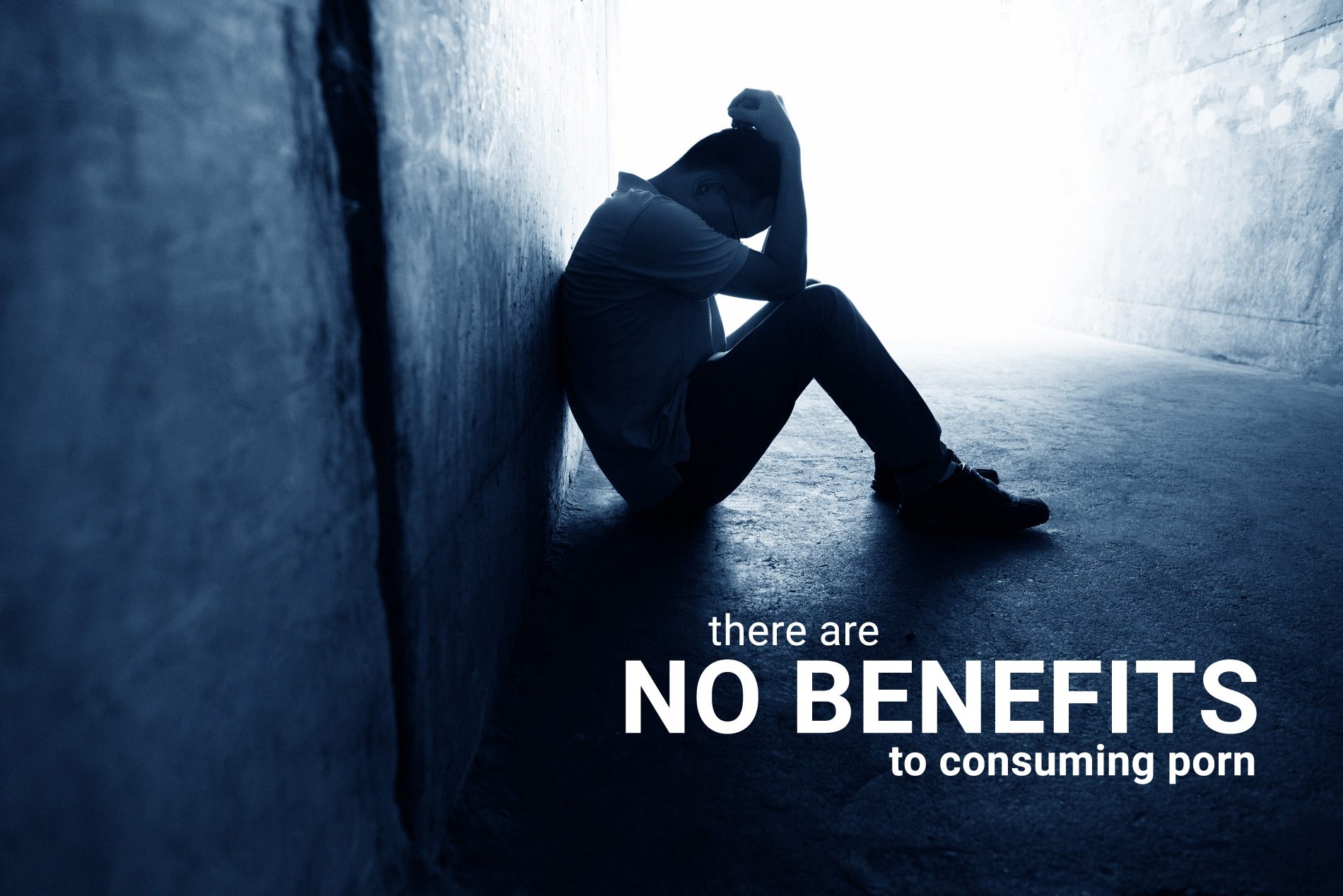
A central mystery of the Christian faith is the Paschal Mystery – the death, resurrection and “going forth” of Jesus Christ. Christians are called to imitate this mystery in their lives; to die to self, to rise again, and to go forth and share the message of Jesus with others.
For an addict in recovery, this mystery can be lived in a very concrete way by following the 12 steps of Alcoholics Anonymous. (Other 12 step programs use steps that are very similar but some of the wording is changed, so this reflection will use the AA steps). These steps can be divided into three sections that go along with the themes of dying, rising and going forth. Let’s investigate a little.
Dying to self is a difficult process for anyone. Placing ourselves in a position to overcome our pride, our arrogance, and our self-assessment can be very difficult.
But it is where our Christian faith and our journey into the 12 steps begins.
Step 1: We admitted we were powerless over alcohol (or whatever our addiction is) – that our lives had become unmanageable.
Addicts often say “I can stop whenever I want to.” Unfortunately, they never seem to want to. The illusion of control is powerful. We think that we have control over our addiction, when really it has control over us. When first dealing with addiction, it is difficult to admit powerlessness and unmanageability, because we don’t want to admit we are out of control. Our lives may seem quite manageable most of the time – except when we are active in our addiction. But if we see powerlessness and unmanageability correctly, we can let go a little more easily. These things don’t mean we are totally out of control, they simply mean that when I begin my addictive behavior, I don’t know where it will end. I may occasionally only have one or two drinks, or stop watching pornography after a few minutes, but I can’t guarantee that. My behavior may also go on until I get myself in trouble. Admitting that we don’t know where our behaviors will lead is a form of dying to self. I no longer need to feign total control.
Step 2: We came to believe that a Power greater than ourselves could restore us to sanity.
For the Christian, the Higher Power we believe in is God; the Father, Son and Holy Spirit. It is the Son of God who suffered, died and rose again for us. In doing so, He had to die to Himself in the greatest way possible. He laid aside His Godhead, and joined it to a human nature, lived a human life and endured a humiliating, unwarranted human death. Why? Because He wanted to save us from our sins. He wanted to make it possible for us to go to heaven and be happy forever. In doing this, He always knew that the Father was with Him, a “Power greater than His humanity” that would guide and guard Him. For the addict, this belief can be difficult. Perhaps we have prayed for relief from our addiction and feel we haven’t received it. We may have abandoned belief in a Power greater than ourselves. But since doing it on our own isn’t working, maybe we can come to believe again. However, we must combine this with the third step in dying to self.
Step 3: We made a decision to turn our will and our lives over to the care of God as we understood Him.
This step is the ultimate dying to self. Self will is the mortal enemy of the addict. “I’ll do it my way.” Almost always, we can hear someone saying, “How’s that workin’ for you?” And the answer, if we are honest, is “not too well.” What’s the answer? Doing it someone else’s way. And who better to listen to than God. Turning our will over means that we can use the Bible, our religious training if we have some, the recommendations of the 12 steps, and the help of others who have recovered, to overcome our self will and attach ourselves to God’s Will. He makes it known in several ways, but we must die to our own self will in order to hear it.
Rising to new life is much more fun! It makes us feel better – eventually. Once we have died to our own self will, we can begin to see our lives in a different way. Steps 4-9 are really about rising to new life.
Steps 4 & 5: We made a searching and fearless moral inventory of ourselves and admitted to God, to ourselves and to another human being the exact nature of our wrongs.
These two steps are really a transition from dying to rising and could be considered in either group. I think it better to put them here because they really begin the turnaround that the addict makes. A searching and fearless moral inventory of oneself can be a scary thing. What I have done while active in my addiction is difficult to face. There may be behaviors that have hurt others or ourselves, that are illegal, or that have consequences we don’t wish to face. But if we are to truly rise, we are going to have to leave everything behind that can hinder us, so our grasp of our own behavior must be complete.
Sharing those wrongs with God and another person is another frightening prospect. We must remember that God already knows what we have done, so “admitting” things to God is really about admitting them to ourselves. Another person is another story. It is difficult to trust that another person will not judge us, condemn us, or turn away from us. This could be a priest in confession, a trusted friend, or a 12 step sponsor. Whoever we decide that it will be, when we finish, the “rising” has begun. Anyone who has been through a “5th step” will tell you how much of a burden they felt released from them when it was over. I told someone and they understood. They didn’t condemn me, yell at me, or call me a bad person – so maybe I am not totally rotten after all. This step can make us feel light as air, truly forgiven, risen from the dead. But it is not the end.
Steps 6 & 7: We were entirely ready to have God remove all these defects of character and humbly asked Him to remove our shortcomings.
Once the initial confession of our faults and wrongdoings has taken place, we still have work to do. It is time to get about overcoming the things that led us into those behaviors. Stopping our addictive behavior and admitting our faults is great, but it requires the ability to continue our journey. We are unable to overcome these things by ourselves. We must have help from God. And if we rely on Him, we begin to see changes in the way we treat things. It may be slow, and we may fall back into some of our old shortcomings like anger or pride or resentment, but if we really ask Him, God will provide a way for us to continue our rising from the dead. However, even this doesn’t finish the job.
Steps 8 & 9: We made a list of all persons we had harmed, and became willing to make amends to them all and made direct amends to such people wherever possible, except when to do so would injure them or others.
Dealing with the consequences of what we did while we were active in our addiction can be the hardest part of “rising.” Perhaps we hurt a spouse, a child, a sibling, or a dear friend. Perhaps we lost a job and owe a reparation to our bosses and coworkers. Perhaps there are monetary amends that need to be made. All of this can be painful, and we cannot be sure that the person we make amends to will accept them. That is not the important part. The important part is that we recognize the debt we owe and do our best to make the amend. If it is not accepted, we cannot do anything about it. We have tried. Most often, however, people are excited that we are overcoming our addictions and will forgive us. With each amend made, we rise a little more to new life. We realize that people do not think we are irredeemable, or rotten to the core, and so we can continue to work at becoming the person God wants us to be. We have truly risen. Now, in the last three steps, we “go forth” in our new life.
Step 10: We continued to take personal inventory and when we were wrong promptly admitted it.
This step builds on numbers six and seven. Having “risen from the dead” of our addiction, we cannot rest on our laurels. The world is still the place that it was. The temptations we endure will be the same. And we will not be perfect. We will fall victim to our shortcomings and sins. But now we know how to handle them differently. Instead of covering them over with our addictive behavior, we face them head on, immediately seeing that we have done something we shouldn’t, and admitting it. We also deal with the consequences. We can then move past it, instead of letting it fester inside us.
Step 11: We sought through prayer and meditation to improve our conscious contact with God as we understood Him, praying only for knowledge of His will for us and the power to carry that out.
Going forth in our new life not only requires a change in our physical behaviors, but also in our spiritual lives. If we have turned our will and lives over to God, then we must keep in contact with Him to know what He wants us to do and how we are to act. Prayer and meditation become the lifeline that we have to our Higher Power, and they infuse His grace into us so that we can continue to grow in virtue.
Step 12: Having had a spiritual awakening as a result of these steps, we tried to carry this message to other alcoholics (or other addicts), and to practice these principles in all our affairs.
After the followers of Jesus encountered the risen Christ, they knew that they had to go out and share the Good News. They didn’t do so by telling people that they were rotten sinners and risked going to hell, but rather they shared their experiences with Jesus, the strength they had gained from Him, and the hope that they now enjoyed. Experience, strength and hope. These are the things that addicts share in order to help one another stay away from their addictions. Just like with Christianity, many people may not respond well, but we must continue to “go forth” with the message that has helped us die to self and rise to new life.











Recent Comments